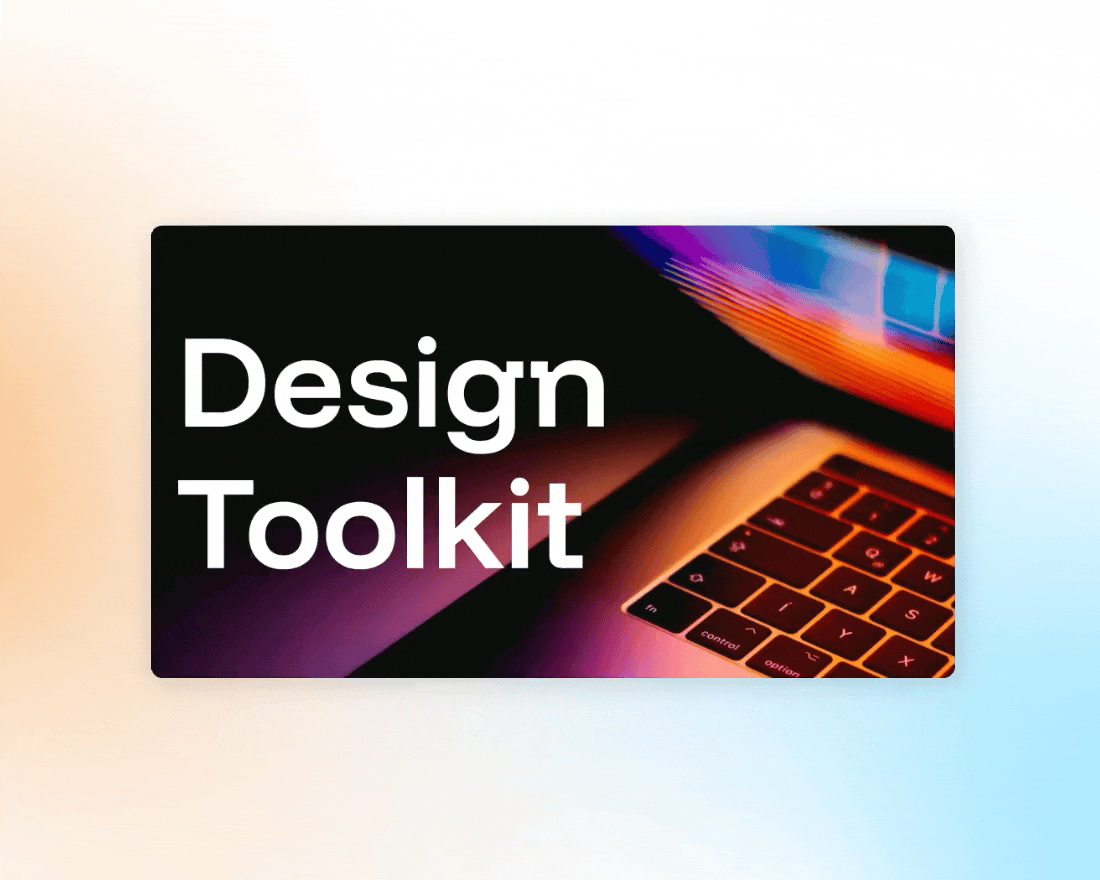
Generative AI is a system capable of generating content or data like images, text, music, and other media in response to a single word or phrase prompt. Teams are using generative AI to help tackle repetitive, mundane tasks such as responding to emails, creating graphics or images, drafting articles, and creating presentations— among many other things.
How businesses can leverage generative AI
Businesses can leverage generative AI to act as a brainstorming partner to spark human creativity and accelerate business goals by increasing operational productivity and efficiency. Many businesses have started implementing AI as a way to improve workflows. By leveraging AI to assist in monotonous tasks, teams can take on more projects to help increase output without adding to the headcount of the company.
Getting relevant results that align with the business
Without context, AI isn't very intelligent or effective. Sure, it can give you decent results based on what it thinks you need, but without information or examples specific to your business, AI’s content can lack accuracy and relevancy. This forces teams to quality check any results— and add context where they see gaps— which counteracts the efficiency of AI.
Don’t stress, we’re here to help you level up your prompts for content results that fit the story you need to tell. Keep these four things in mind before you add your next prompt to your favorite AI software.
Be specific
When you’re entering a prompt in any generative AI platform, your words matter. If you’re specific about what you want the technology to generate it leaves less room for interpretation. The more precise and detailed your prompt, the better the AI can generate relevant results. For example, “create a marketing presentation on how to use TikTok for business” will warrant a more generic and broad result than a prompt that says, “create a b2b marketing presentation on how to use TikTok to generate brand awareness for a new skincare app called [enter company name].” Adding the right keywords, and descriptive text, can help the artificial intelligence crawl for more niche information to include in your content results.
Add real data and context
The best way to customize your AI results is to add real data or company information to manipulate the prompt. Not many platforms offer this feature yet, but Beautiful.ai allows you to add context to your DesignerBot prompt to get the best results to tell your story.
Adding context to your prompt will accurately guide the AI to give relevant results specific to your ideas, and your data. In Beautiful.ai, you can add additional text-based documents, pdfs or webpage urls to your prompt field, and watch DesignerBot transform them into stunning slides, in seconds. This enables the AI to summarize your business documents, proprietary client information, and real reports or metrics into fully designed (and editable) AI presentations, without the need for as much customization after the fact.
Provide examples
Another way you can influence your AI results is by providing real examples of what you’re looking for in the prompt. By providing real examples, you’re giving the AI a blueprint to base its search off of. This can include sample sentences to suggest a writing style, bullet points of non negotiables you need covered, or examples of specific business scenarios to help explain the topic or use case. This could look something like, “Write an informative press release about a presentation software company that releases the first AI-powered presentations with customizable Smart Slides. For example, the article could start by talking about the history of the business founded in 2016, highlight a few stories of successful customers using the product, and then follow up with the new product release and how it will benefit users’ businesses moving forward.”
Iteration
The beauty of AI is that you’ll never get the same result twice. If you don’t love the content it generates, you can iterate on your prompt and try again. Take cues from the results you received from your previous prompt to adjust the next one. When crafting a new prompt, you might include more descriptive keywords, different examples, or a new structure to generate more relevant content. AI will learn from its mistakes, so feedback is important. If you’re patient with the software, you can teach it to produce better content by testing new prompts for the same desired result.







